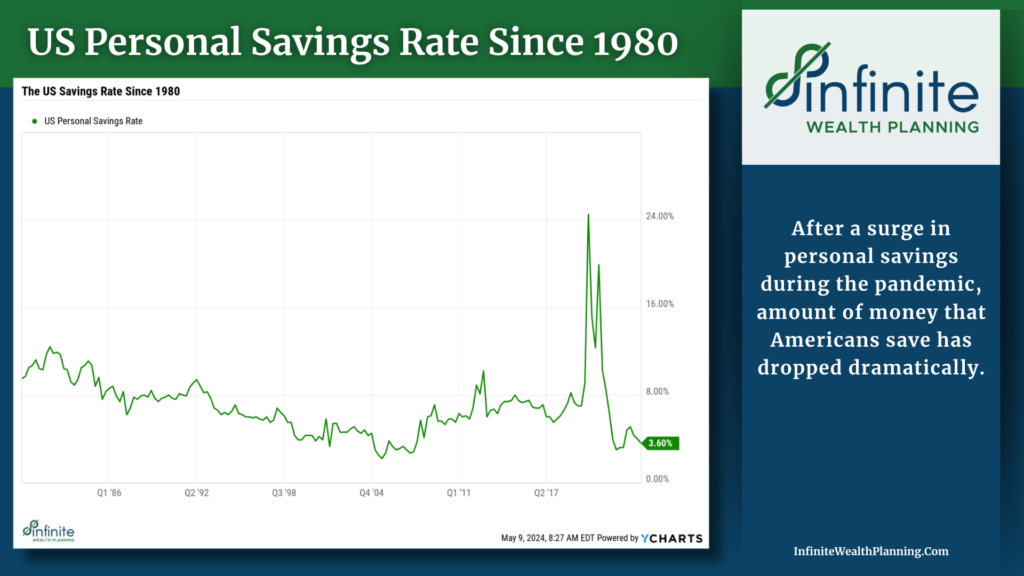Markets Face Challenges in April
Markets took a step back in April as we saw strong economic data lead towards more skepticism of the Federal Reserve’s plan to lower rates. With that, we saw mortgage rates surpass 7% for the first time this year, oil prices rose to nearly $90/barrel for WTI, and gold is “cool” again after making new highs this year above $2,000/oz.
Stocks came under pressure as the narrative turned towards potential interest rate HIKES from the Fed. While this isn’t out of the question, Jerome Powell was clear when he spoke at the recent meeting that they anticipate the next move is a rate cut, not a rate hike. With that news, markets have since began to gradually climb back towards all-time highs.
As we move through May and into the summer, markets will start to wrestle with the policies of our proposed Presidential candidates and will likely continue to focus on the Fed by monitoring the strength of the labor market and path of inflation.
It has been our view that inflation would remain slightly sticky, leading to fewer rate cuts than once expected. It is said that the “cure to high prices, is high prices”, meaning that the higher the prices go, the more stretched the consumer gets. At a certain point, this keeps prices from continuing to go higher. It will be important to monitor the strength of the US consumer in the coming months.
For now, wages continue to grow faster than inflation (a new trend after being outpaced by inflation in 2022), homeowners hold record levels of equity (and some have extremely attractive long term interest rates), and other financial assets are at all-time highs. On the other hand, the consumer is starting to show some cracks with the personal savings rates having dropped off since the pandemic and consumer credit balances rising both through traditional credit cards and, more recently, buy now pay later services.
These offsetting forces will continue to drive the consumer’s ability to afford to spend, and thus inflation. While headlines of a cooling labor market and a weaker US consumer may be “bad” news, markets may cheer those kinds of data points in the short-term reflecting optimism for eventual rate cuts. On the other hand, a weakening economy is a weakening economy, and we do want to be careful getting too “excited” about that scenario.
Ultimately, markets over time prove to be resilient. It is said that the markets “climb a wall of worry”. While it seems ominous to think about the potential risks, those risks represent challenges that can eventually be overcame and pave a path to higher prices over time.
Advisory services offered through National Wealth Management Group, LLC, a Registered Investment Adviser. This information is intended for educational purposes and is not intended as a recommendation to buy or sell securities. Investing involves risk. Before investing, you should consult with a financial advisor to determine how a specific investment strategy fits your personal goals and objectives.







